Why Mercedes-Benz sunroofs keep exploding
Reports involving a Mercedes sunroof shattering are continuing, like a bad action movie franchise that won’t quit. Here’s the scientific reason they keep going pop and what you can do about it…
If you're driving a long one day in your shiny big Mercedes and the panoramic sunroof overhead just explodes without warning - that's completely shocking.
What’s almost as surprising is what might happen next when you front at the service centre and they ‘explain’ that this is not their fault and it's on you for a $4000 repair.
Here's how you invert the battle space on this next level of automotive asshole behaviour, because the facts and consumer law is entirely on your side.
The speed of propagation of the failure of a piece of tempered glass is roughly five times the speed of sound in air at sea level, so that's going to be rather the disconcerting bang as you ride along on the freeway of love.
A few times a year I get messages such as this, from Nigel:
I was driving my wife's 2021 three-prong GLC 250…
There's your first mistake, Nigel.
Things that make your Mercedes sunroof go boom include temperature and some unknown manufacturing/design defect. Not rocks.
North on the Bruce Highway yesterday in temperatures of about 34 degrees and the effing sunroof let go with an almighty bang.
That bang is because the way tempered glass works is it just lets go with a Mach 5 shockwave going along both the X and Y axis every six to ten millimeters throughout the whole roof, so it’s not the kind of thing you're going to sleep through.
when I fronted up this morning to the F-wit at the three-pronged customer service centre, it was exactly as you had said in an earlier video. Mercedes was not taking any responsibility and will definitely not admit to any design defects. The answer was, ‘it's glass and this happens’.
I'm sick of car makers saying this kind of thing, like the sunroof exploding without warning, is just an operational characteristic. Sunroofs are not supposed to fail spontaneously as you drive along a major highway in Australia.
And if you think that possibly a truck might be able to lift up some projectile from its wheels and could break the sunroof, then physics says ‘No’.
I can probably get this fixed without the four and a half thousand dollar expense of supply and fitting (a new sunroof)
Well I'd suggest you could (or is that should?) probably get it fixed for free because this is a failure of the acceptable quality consumer guarantee, which is a big fat piece of legislation in Australian Consumer Law that says vehicles need to be durable and free of defects.
Three-Prong, it's not just for toasters. If your new Breville four-piece programmable toaster suddenly blinks, you’re allowed to take it back to the store for a refund or replacement.
Mercedes comment: not our problem
- Nigel
This is a device costing orders of magnitude more than a toaster or laptop, and yet you get treated like Consumer Law is somehow optional in these circumstances because the car industry is fucked. And it's only about one-third of carmakers doing business badly in this way, but that third really does give the rest of them a bad reputation, I'd suggest.
Sunroofs do not ‘just break’. They don't.
If they do, that is inherently a design, manufacturing or implementation defect. It is not on you. You buy a product, it is supposed to be durable and of acceptable quality - that's just how this works.
It could be some extraneous influence that causes a sunroof to break, and the real easy one for a carmaker to give you is: ‘It's probably just a rock’. You know, a projectile foisted upon the sunroof by some truck’s rear tyres. And that is complete bullshit…
My AutoExpert AFFORDABLE ROADSIDE ASSISTANCE PACKAGE
If you’re sick of paying through the neck for roadside assistance I’ve teamed up with 24/7 to offer AutoExpert readers nationwide roadside assistance from just $69 annually, plus there’s NO JOINING FEE
Full details here >>
AutoExpert DISCOUNT OLIGHT TORCHES
These flashlights are awesome. I carry the Olight Warrior Mini 2 every day - it’s tiny, robust, and super useful in the field or in the workshop. Olight is a terrific supporter of AutoExpert.
Use the code AEJC to get a 12% discount >>
Generators suck! Go off-grid with AutoExpert BLUETTI PORTABLE POWER STATIONS
Need mobile, reliable power? If you’re camping, boating, caravanning or building a dirty big shed in the back paddock, and you need to run a refrigerator, lights, air conditioner, cooking, and/or a bunch of tools - Bluetti has a clean, tidy, robust solution…
Get your AutoExpert free shipping discount here: https://bit.ly/3n62heK
WHY THE BALLISTICS EXCUSE IS BS
There is no way Isaac Newton and everybody else who studied physics (including the queuing dead whom were spinning in their grave at the idea) would agree that a rock could be flung by a preceding vehicle to break the sunroof. Here’s why…
A sufficiently massive projectile cannot be lifted up by the wheel of a truck high enough where it will reach enough height or velocity and possess sufficient kinetic energy to fall on the sunroof and break it.
It’s different when you're steaming along with your windscreen slightly raked rearward while moving at 30 meters per second and a projectile gets flung up and hits it. That can break your windscreen, but the sunroof is traveling horizontally. It's not moving in the same direction.
But don't take my word for it because I'm just a lowly Bachelor's degree in mechanical engineering, having studied endless physics about 40 years ago. Take it from Tarek Zohdi, who's a PhD from the UC Berkeley (a professor of mechanical engineering at one of the most prestigious academic institutions on Earth).
Mr Zohdi knows what he’s talking about when he was requested to comment following a similar incident in a BMW and said:
There is not a chance in the world that an unintentional rock that is lofted by a vehicle would ever break a sunroof panel, in my opinion.
The car manufacturer has the problem; basically it's a manufacturer's defect.
Normally these people hedge their bets and say things like ‘highly unlikely’. So when a dude with a PhD in mechanical engineering says ‘not a chance in the world’, that holds weight.
And if you still don’t believe a guy who’s studied the most complex engineering problems facing mankind during his career when he says it's not even remotely possible, perhaps you’ll prefer some visual proof of just how hard it is to break the windows on an ordinary, modern mainstream mass production car.
Have a look at this screenshot which is from the public broadcaster in Canada where a dude is trapped in the car which is on fire, it's imperative to get him out, and I counted nine different hits from able-bodied guys who are highly motivated to get this done quickly, using improvised tools. Nine hits to break the side glass.
Now admittedly, they are hitting it in the wrong place because they don't seem to understand the physics of tempered glass. Always hit in the corners - a 90-degree corner is preferable.
Here are my previous two report on Mercedes sunroofs shattering, with a similar storyline:
Another exploding sunroof (this time on a Merc): What you need to know >>
Why panoramic glass sunroofs sometimes spontaneously explode & shatter >>
HOW TEMPERED GLASS SUNROOFS ARE MADE
If you want to know the physics of tempered glass, here it is.
Tempered glass, like that of some shitbox Mercedes’s sunroof, is much tougher than the glass in the windows of most houses (which is annealed glass).
What they do is they put it through an industrial process that means it goes through an oven, it heats up to the transition temperature which is about 600 degrees (something like that) and then as it comes out of the oven, cold air jets hit the outside surfaces of the glass to cool it off rapidly.
This leads to a layer of glass on the outside on both the top and the bottom surface of the sunroof, or the inner and outer surface of the side windows of your car. That surface has really high residual compressive stresses built into it, whereas the meat of the glass in the middle is under tension.
You can't see any of that residual stress but it's there. The dynamics of this, plus the convex external curvature on the outside, mean that the glass is highly resistant to fracturing. That's why they bother putting it through this process.
Also, when it does fail, it crumbles into tiny little 6-10mm round shapes and not the long shards of razor sharp plate glass that can easily slice you open. For this reason, it's bad news if you fall through the window in a house, but it's not such bad news if you've got to drag someone out of the window aperture in a (fairly late model) car.
Tempered glass when it breaks releases the residual stress and a shock wave just propagates through the whole piece; it travels at about 1500 meters per second, which is about five times faster than sound propagates through air at sea level. This means that the failure is dramatic (loud) and super fast. And it always seems to happen when vehicles are driving…
This is a comparatively rare event, so I suspect what's basically happening is some input load in the body means the body is twisting in some way; there's probably some confluence of assembly type tolerances which reaches the glass.
Then the temperature is high (because: Australia) and the expansion of glass and steel plays its hand. This happens because a movable glass panel is going to be actuated by some frame made of steel - and when steel gets hot, it expands roughly 50 percent more than glass for the same temperature input - leading to the inevitable.
PROJECTILES DON’T DISAPPEAR
Last point on the projectile hypothesis.
A Pro Tip on projectiles is this. If a projectile hits something, it bounces off, depending on the elasticity of the thing it hits. But the bounce can only happen if the structural integrity of the impacted surface is maintained.
If a projectile hits a piece of glass with sufficient energy to break the glass, the glass surface crumbles and then there's no balancing. The action and reaction are equal and opposite: Newton's third law. There’s not long a force to cause the projectile to rebound off the piece of glass.
This means if a projectile breaks a sunroof, guess where the projectile ends up.
Answer: in the back seat or on the floor.






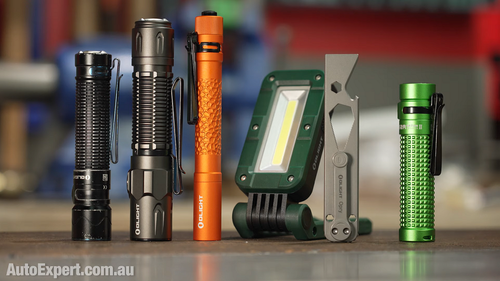


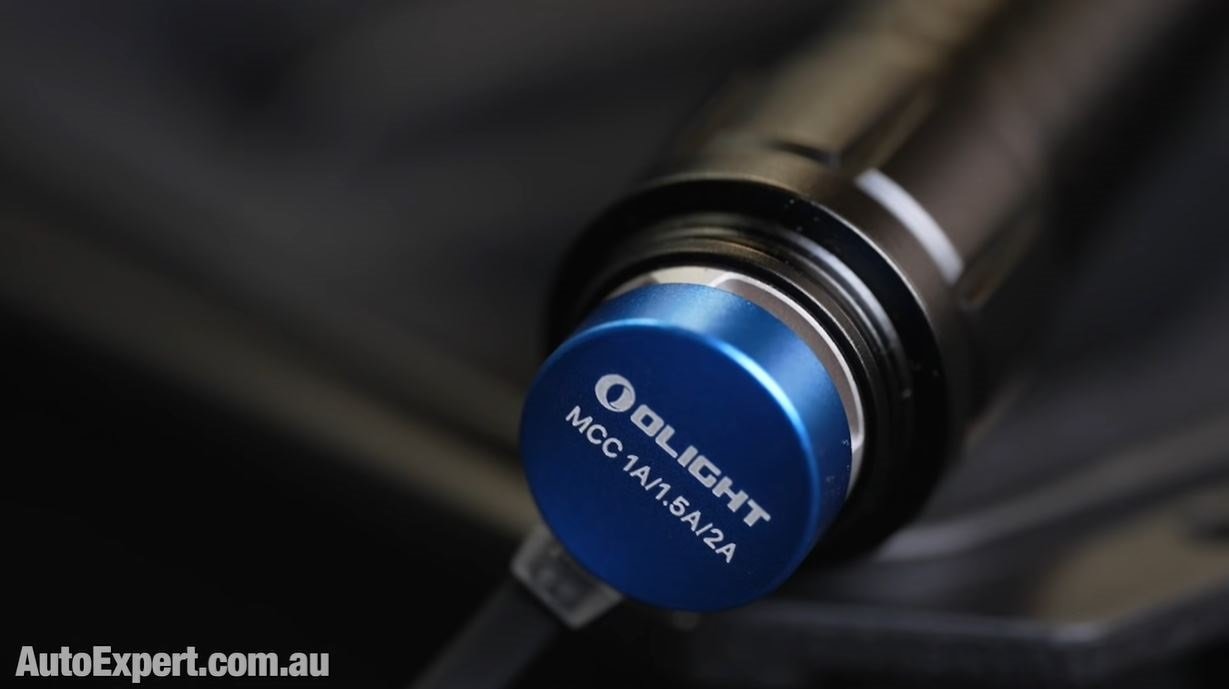
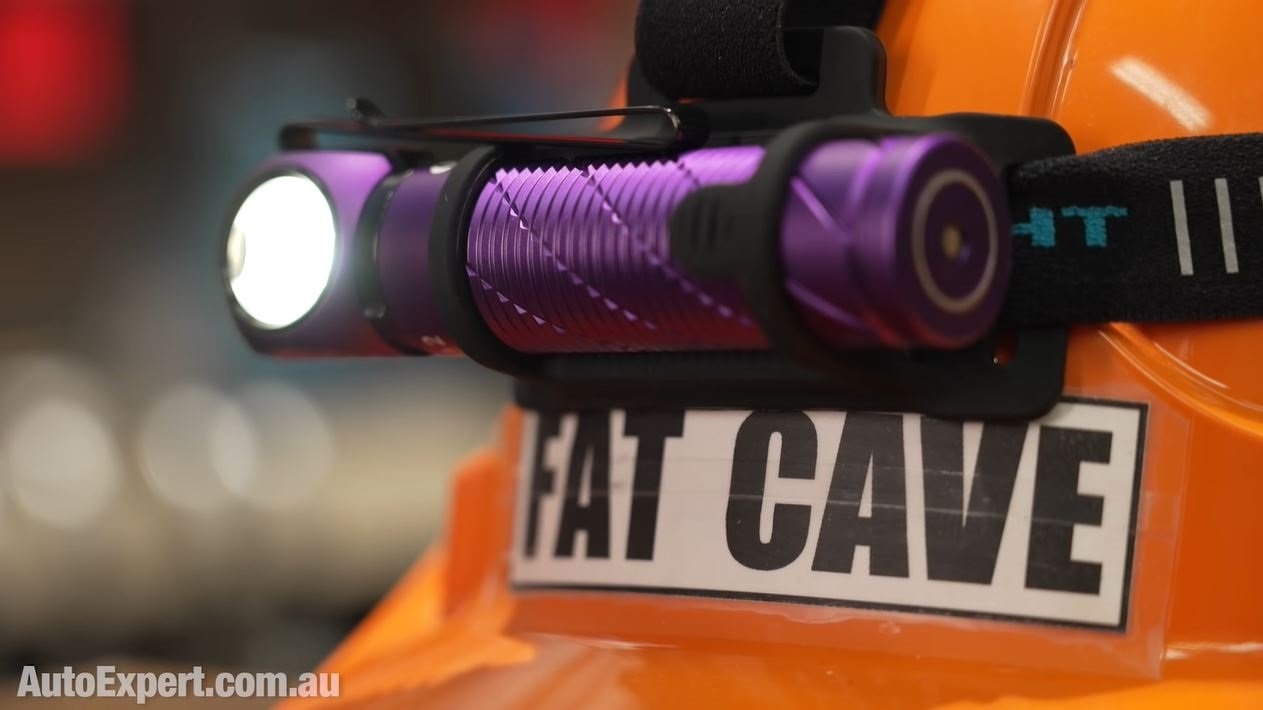
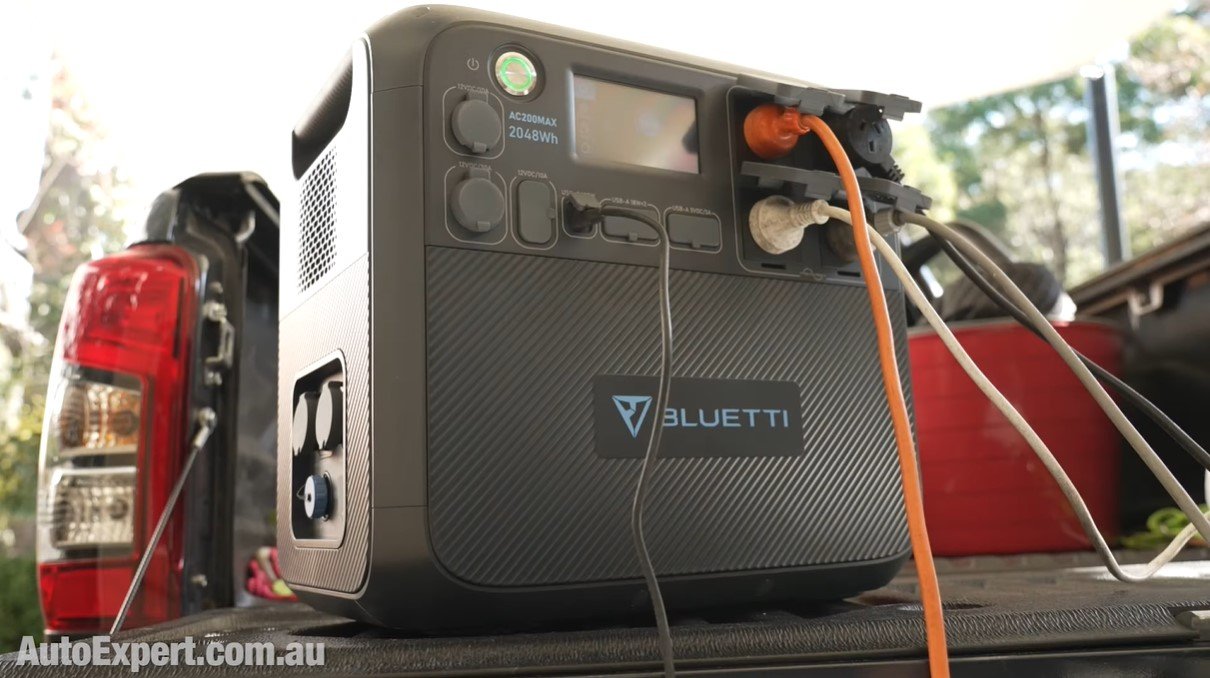

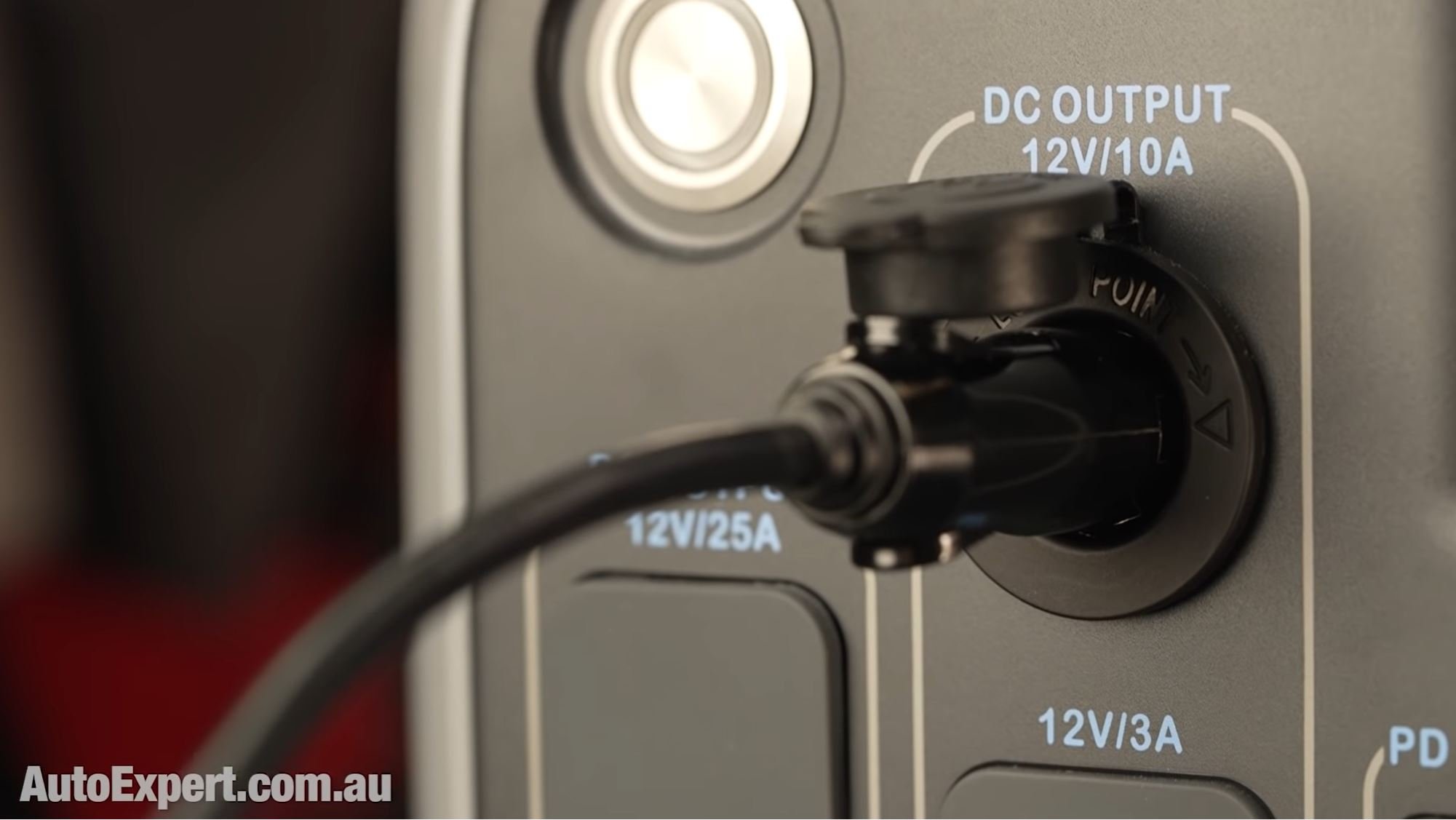
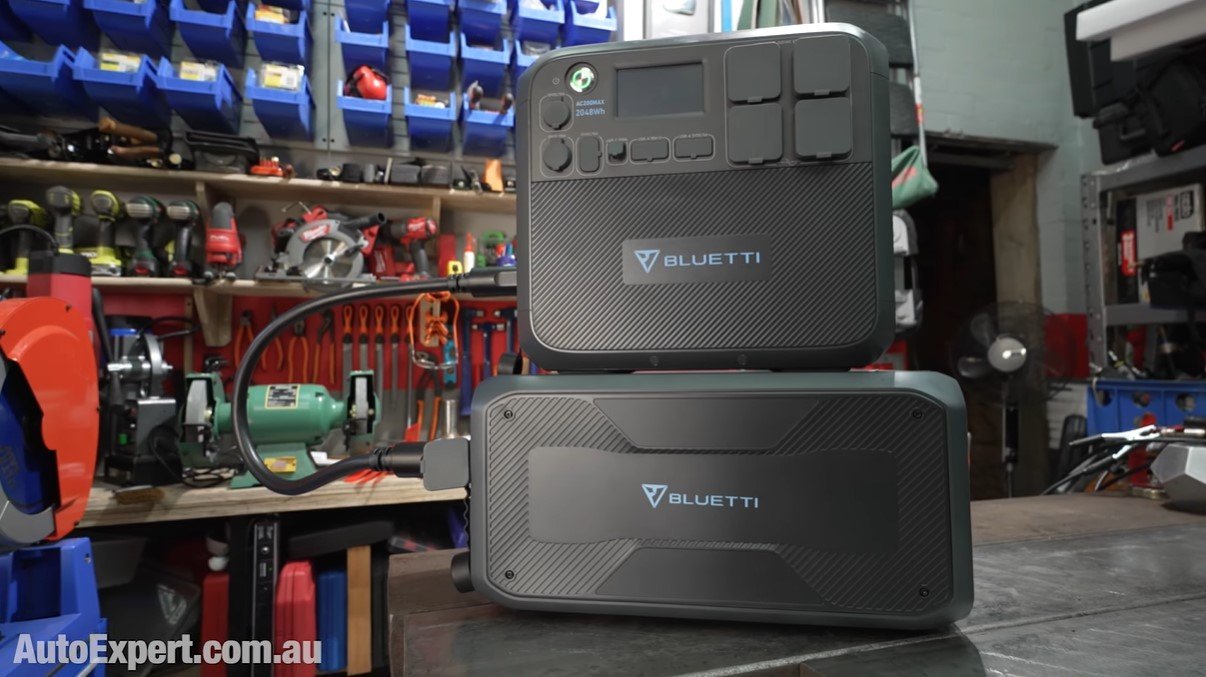
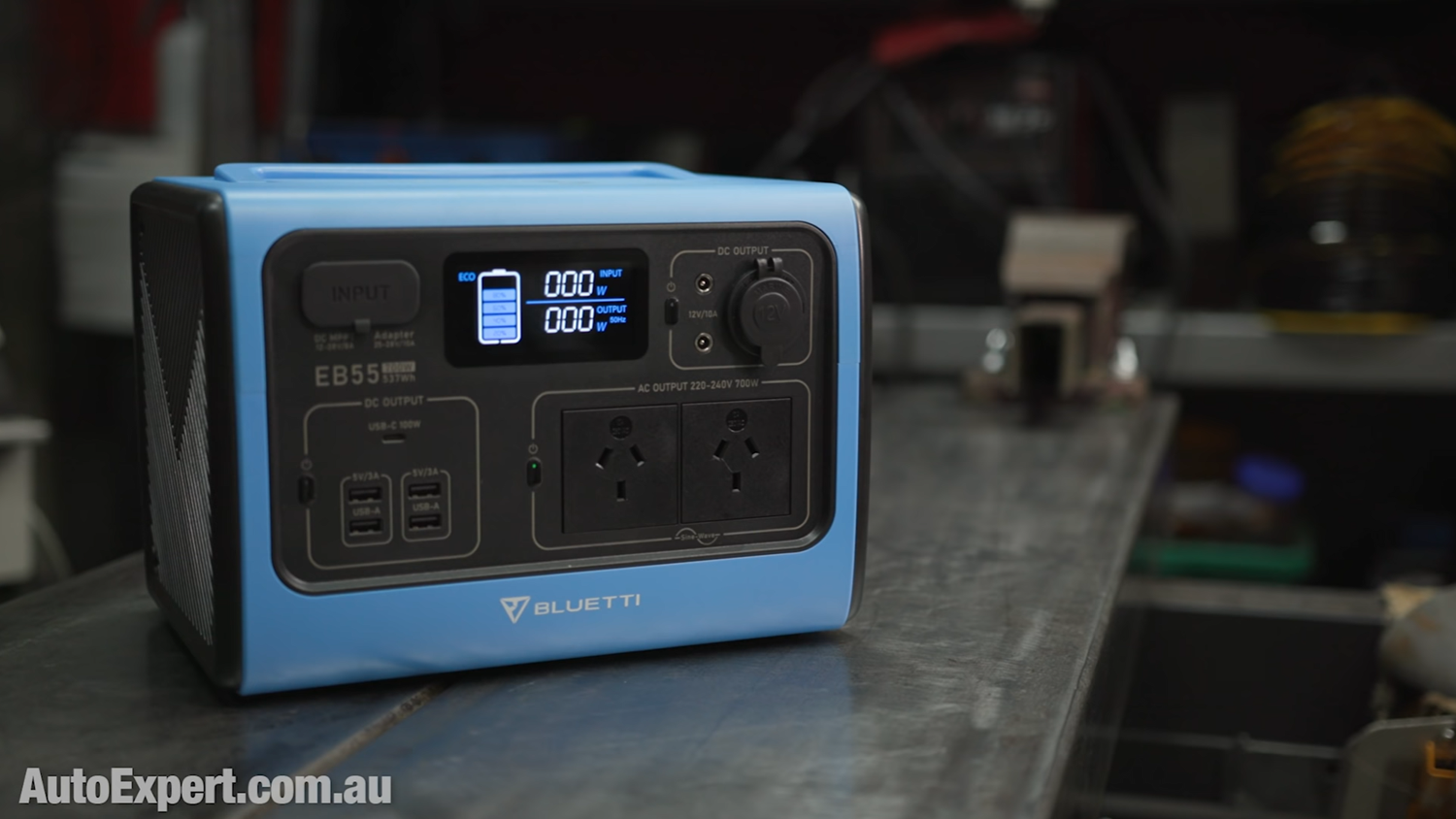
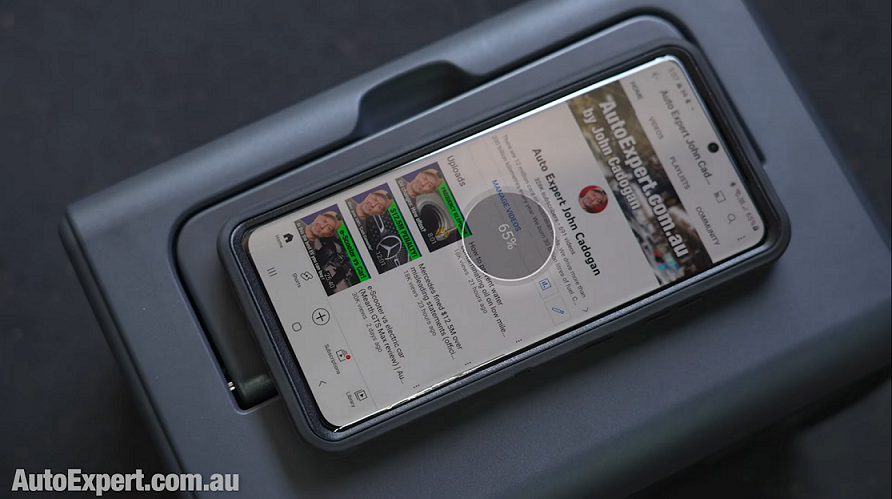
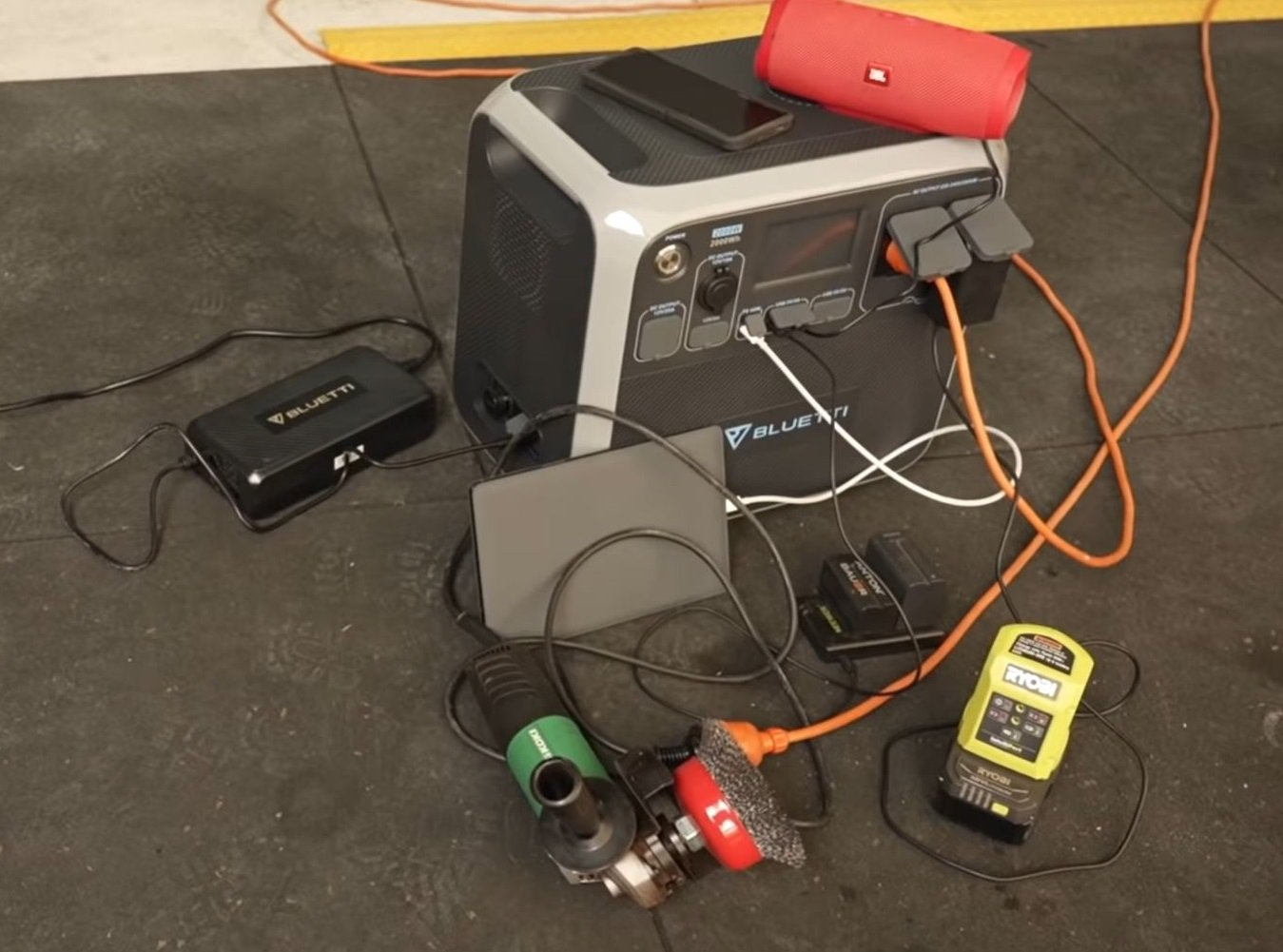
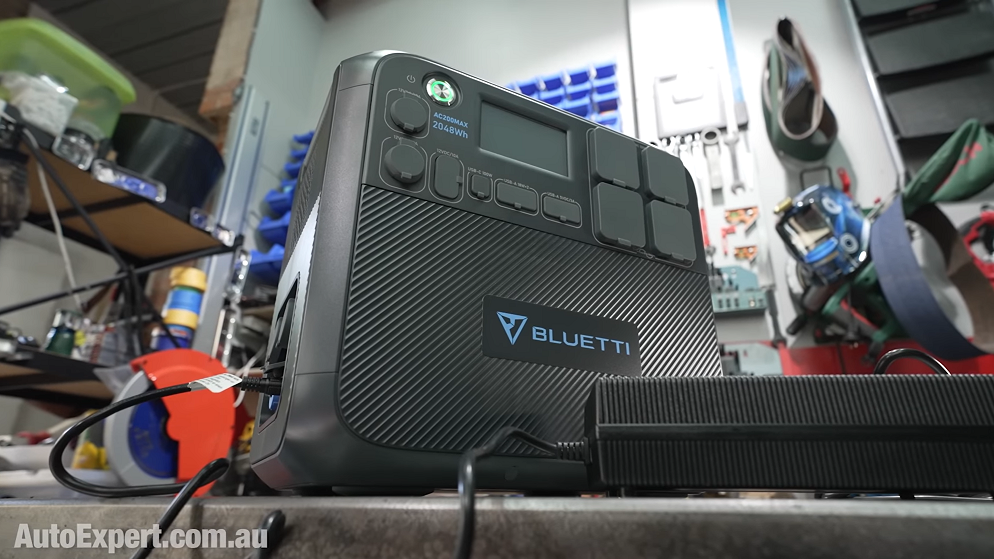





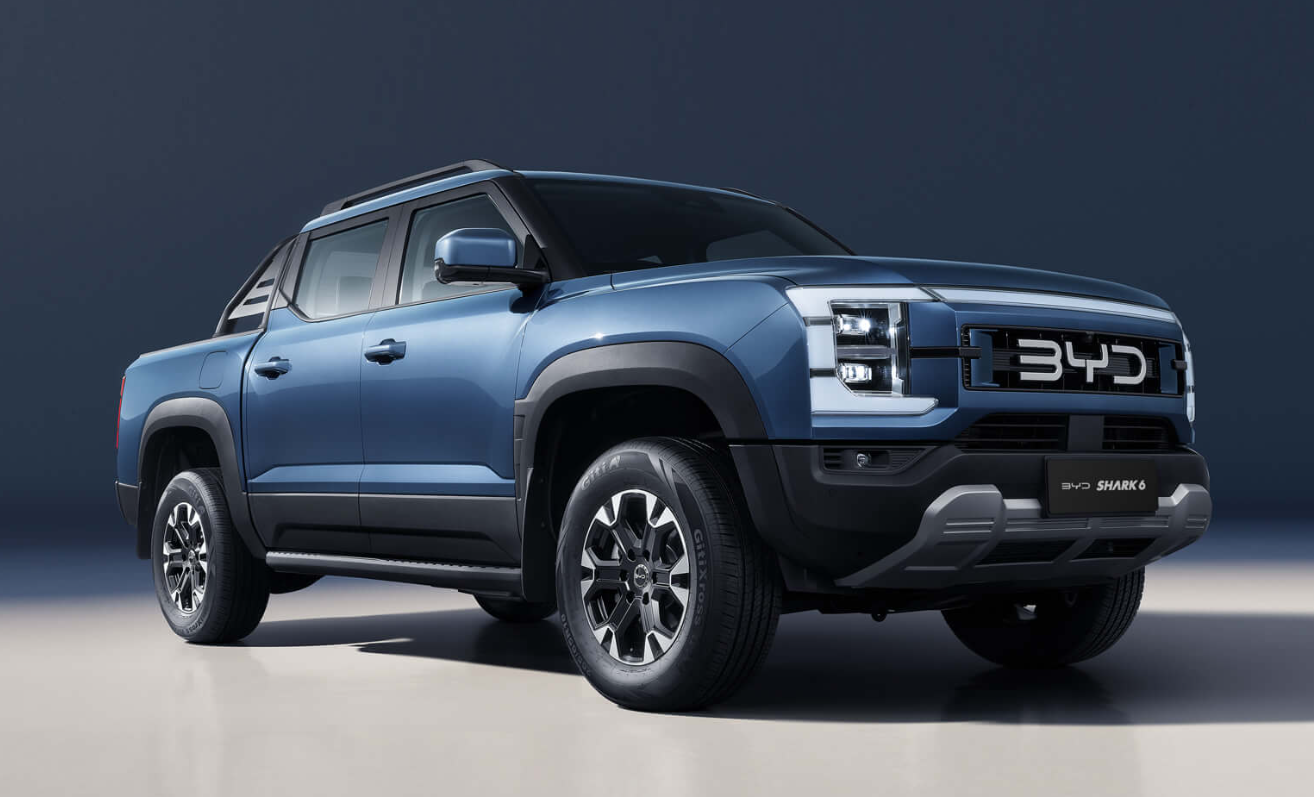






The Subaru Outback has a growling turbocharged engine, a five-seat SUV wagon body and lots of clever, practical equipment. For adventurous families, it will also tow, haul and drive beautifully - at a modest price.